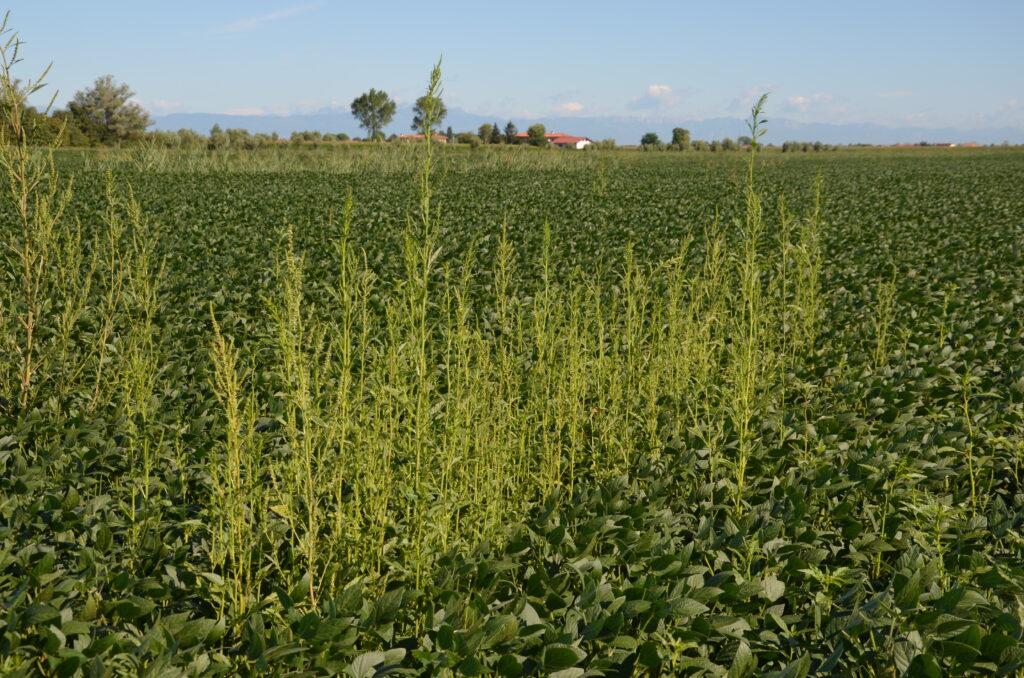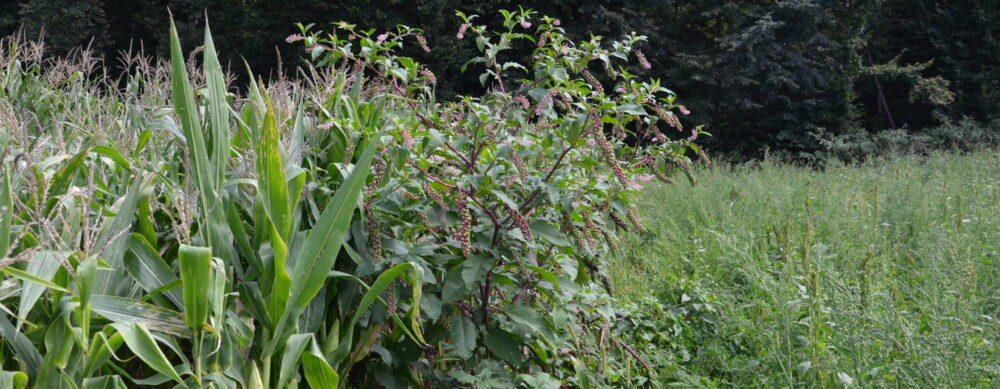The development of herbicide resistance poses a major challenge in modern agriculture. The excessive and repeated use of the same herbicides causes many weed species to develop resistance, meaning they respond less effectively to an active ingredient. This leads to a cycle of increasing herbicide use, which in turn creates even more resistant weeds, resulting in higher costs and greater crop losses.

Resistant weeds such as Waterhemp (Amaranthus tuberculatus) in the USA or Blackgrass (Alopecurus myosuroides) in Europe are examples of how quickly this problem can escalate. In Austria, recent cases of resistance have been found in Redroot Pigweed (Amaranthus retroflexus) and Lamb’s Quarters (Chenopodium album). A solution is to diversify weed control strategies, as applied in Integrated Weed Management.
In suspected cases of resistance, documenting all control measures, even those beyond herbicides, is crucial. This allows advisors to suggest more effective management adjustments and communicate the resistance regionally. Resistance cases are documented in databases such as the „International Herbicide-Resistant Weed Database“: https://www.weedscience.org/Home.aspx.
Powles und Yu (2010) haben gezeigt, dass der Einsatz von mehreren Mechanismen der Herbizidresistenz in einer Population zu einem schnellen Anstieg von Resistenzen führen kann, wenn keine ausreichenden Wechselstrategien angewendet werden.
Powles, S. B., & Yu, Q. (2010). Evolution in action: plants resistant to herbicides. Annual Review of Plant Biology, 61, 317-347. Link zur Studie: https://www.annualreviews.org/doi/10.1146/annurev-arplant-042809-112119
Rissel, D., Petersen, J., & Ulber, L., 2024. Ergebnisse des Herbizidresistenz-Verdachtsmonitoring 2022. Herbizidresistenz-Verdachtsmonitoring. Link zur Studie: https://doi.org/10.5073/20240710-110752-0.
Zwerger, P., Augustin, B., Becker, J., Dietrich, C., Forster, R., Gehring, K, et al. (2017): Integriertes Unkrautmanagement zur Vermeidung von Herbizidresistenz. Journal für Kulturpflanzen 69, 146–149 Link zur Studie: https://ojs.openagrar.de/index.php/Kulturpflanzenjournal/article/view/13252
